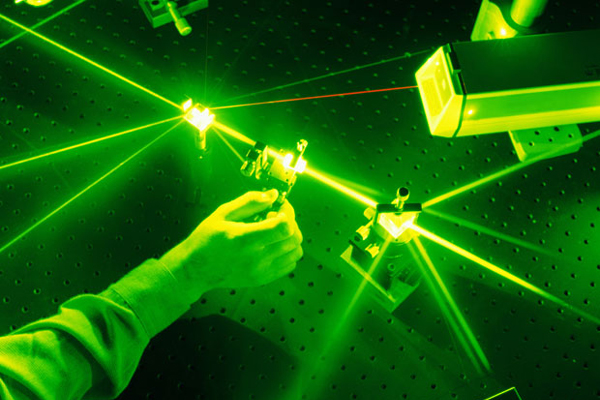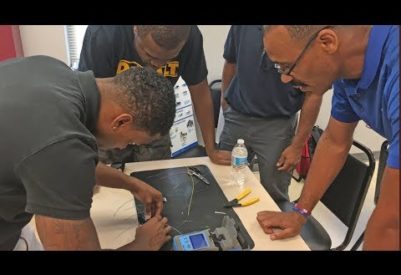
In March of last year, New York Gov. Andrew Cuomo announced, companies and institutions invested in the fast-moving Photonics field have pledged to create 850 Rochester-area jobs over the next 5 years.
And nearly, a billion dollars in state and federal taxpayer’s dollars have been invested to lure similar companies to the city of Rochester and surrounding areas
Now fast forward to 2017, where the rising numbers of start-up companies and the expansion of others in just one calendar year is tangible evidence that Albany’s all-in bet on Photonics could potentially reach and exceed its initial projection to create 850 jobs over the next 5 years.
Senior level researchers at Rochester Institute of Technology (R.I.T) are projecting; the Photonics field will outpace the initial projected numbers and create between 5,000 and 10,000 jobs over the next 5 to 7 years.
“Workforce development is indeed a major focus of the American Institute for manufacturing Integrated Photonics (AIM),” states Ryne Raffaelle, vice president for research and associate provost at R.I.T. “They’re programs ranging from high school to graduate school. In addition there’s a focus on retraining, continuing education, and programs that target returning U.S. veterans,” he says. “It is also important to keep in mind for every Ph.D. that’s likely to be hired; they’re probably around 10 technician positions that will be needed.”
A.I.M. will be headquartered in the city of Rochester and labor management officials are estimating more than half of the jobs will require the minimum of a two-year degree.
The positions include clean room workers, workstation operators, information technology staff, security officers, and safety personnel.
In response, Monroe Community College (MCC) and other local colleges and universities have added classes that will prepare those interested in the field.
“The type of jobs will not be dissimilar from the jobs available today in Rochester, we would normally associate with the optics, microelectronics, or manufacturing,” Raffaelle adds. “These of course range from entry-level techs to Ph.D.’s and everything in between. The fact is, they’re many such openings in Rochester today, which are hard to fill.”
When asked, what classes should students take while attending middle and high school if they plan to go into the Photonics field?
Raffaelle points out, the one thing he hears over and over is the need to have more students mastering fundamental math skills.
“These skills really form the building blocks for all the other skills and training needed to make students employable, “Raffaelle explains. “The disciplines needed within the industry are quite diverse. However, people with experience in microelectronics, micro systems, materials science and imaging science would be attractive.”
“Suffice it to say, Rochester is probably in the best position to capitalize on the growth of what will be a worldwide industry that will touch innumerable markets and applications,” he adds. “For Rochester, this will be everything from supply chain materials and components, all the way through to completely new products, systems, and applications.”





